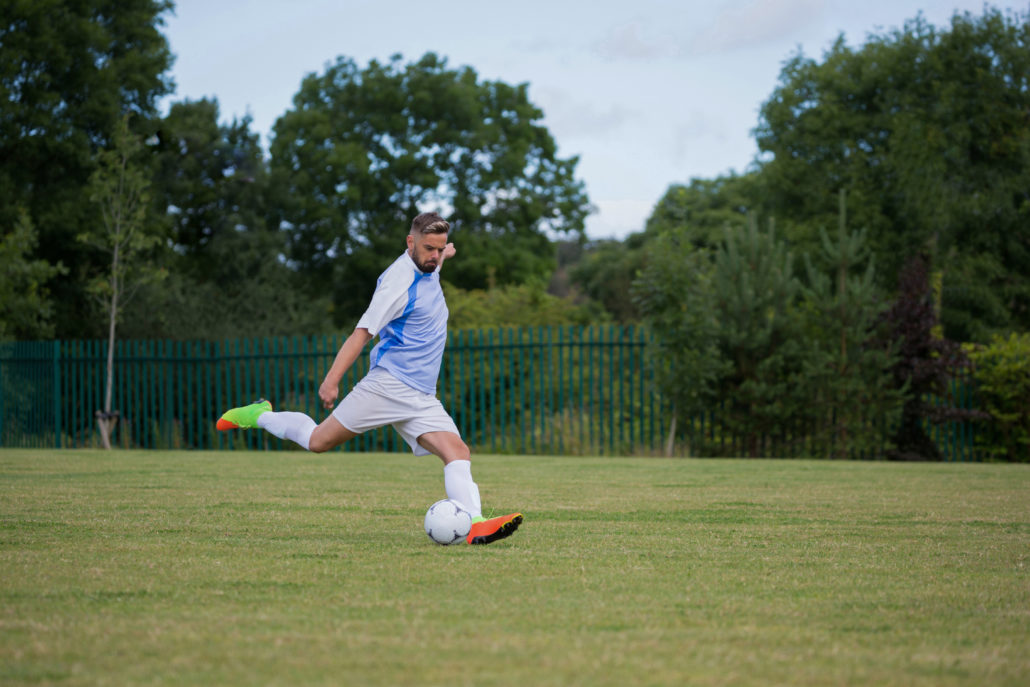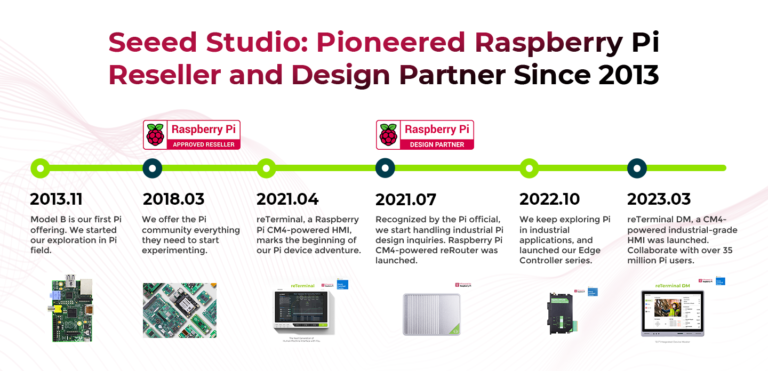Pose Landmark Detection on Raspberry Pi-powered HMIs at the Edge
Introduction
In the realm of edge computing, integrating pose landmarks detection on Raspberry Pi devices is a game-changer. This computer vision technique, identifying key body points for posture analysis, enhances real-time processing on compact systems. Beyond showcasing the computational capabilities of Raspberry Pi, this integration enables responsive human-computer interaction, health monitoring, and efficient surveillance in constrained spaces. The shift towards edge-based pose detection marks a transformative leap, making these devices essential in decentralized, responsive computing applications.

Why perform pose landmarks detection at the Edge?
- Real-time Processing:
- Edge devices enable real-time processing, crucial for applications like gesture-based interaction, fitness tracking, and surveillance, where immediate response is essential. Cloud-based solutions may introduce latency due to data transfer and processing delays.
- Reduced Latency:
- Processing data locally at the edge minimizes latency, ensuring quicker and more responsive applications. This is particularly critical for applications requiring instantaneous feedback, such as virtual reality or robotics.
- Bandwidth Efficiency:
- Edge computing reduces the need for constant data transfer to the cloud, optimizing bandwidth usage. This is beneficial for applications with limited bandwidth availability or in scenarios where constant cloud connectivity is impractical.
- Privacy and Security:
- Processing sensitive data locally enhances privacy by minimizing the need to transmit personal information to the cloud. This is crucial for applications like healthcare or surveillance, where data security and privacy are paramount.
- Offline Functionality:
- Edge devices can operate independently of a continuous internet connection, ensuring functionality in environments with intermittent or no connectivity. This is especially valuable in remote or mobile settings.
Deploy in Raspberry Pi-powered Seeed Studio’s Solutions
Seeed Studio has introduced diverse variations of Edge Human Machine Interface (HMI) devices with built-in cameras, showcasing the feasibility of integrating pose landmarks detection. Our Application Engineers routinely update our knowledge base, and in our latest wiki update, we delve into the integration of MediaPipe for pose landmarks detection. This task proves invaluable in identifying key body locations, conducting posture analysis, and categorizing movements. The output provides body pose landmarks in both image coordinates and 3-dimensional world coordinates. Utilizing the lite model, we achieve a commendable 5-6 frames per second, balancing efficiency and accuracy. This enhancement in our technology portfolio reinforces our commitment to delivering cutting-edge solutions for real-time applications, particularly those requiring swift and precise analysis of body movements and postures.
Applications of Pose Landmarks detections
- Human-Computer Interaction (HCI):
- Pose landmarks detection is crucial for enhancing HCI in applications such as gesture-based control systems, allowing users to interact with devices through intuitive body movements.
- Fitness and Health Monitoring:
- Pose landmarks detection is employed in fitness and health applications to analyze body postures during exercises, yoga, or physical therapy. It helps users maintain proper form and track progress.
- Occupational Health and Safety:
- Pose landmarks detection can be applied in industrial settings to monitor workers’ postures and movements, helping prevent musculoskeletal disorders and enhancing workplace safety.
- Education and Training:
- Pose detection is used in educational applications for virtual classrooms and training simulations, enabling interactive and immersive learning experiences.
- Assistive Technologies:
- Pose detection is applied in assistive technologies to aid individuals with disabilities by translating their body movements into control commands for computers or other devices.
Seeed Studio’s Raspberry Pi Ecosystem

Seeed Studio has been serving the Raspberry Pi user community since 2013 and took the lead to join the approved reseller and design partner. Since the first version of reTerminal in 2021, we have a series of products including reRouter, edge controller series, and this year reTerminal DM, serving creators, makers, enthusiasts, students, engineers, enterprises as well as industries, and every scenario needing Raspberry Pi.

More Resources
- Explore more products, full system devices, customization services, and use cases on the Seeed Raspberry Pi page.
- Download our latest Raspberry Pi success case booklet to know how Seeed and Seeed’s Raspberry Pi-powered products and solutions assist in tackling real-world challenges. Share your idea and story with our team at edge@seeed.cc.
- Dive deep into our Raspberry Pi wiki page to get yours started.
- Download our latest product catalog to find the ones that suit your needs.
- Wants to discuss more customization possibilities, please check out our customization services, and submit your inquiry to edge@seeed.cc to have a deeper discussion and evaluation for you.
